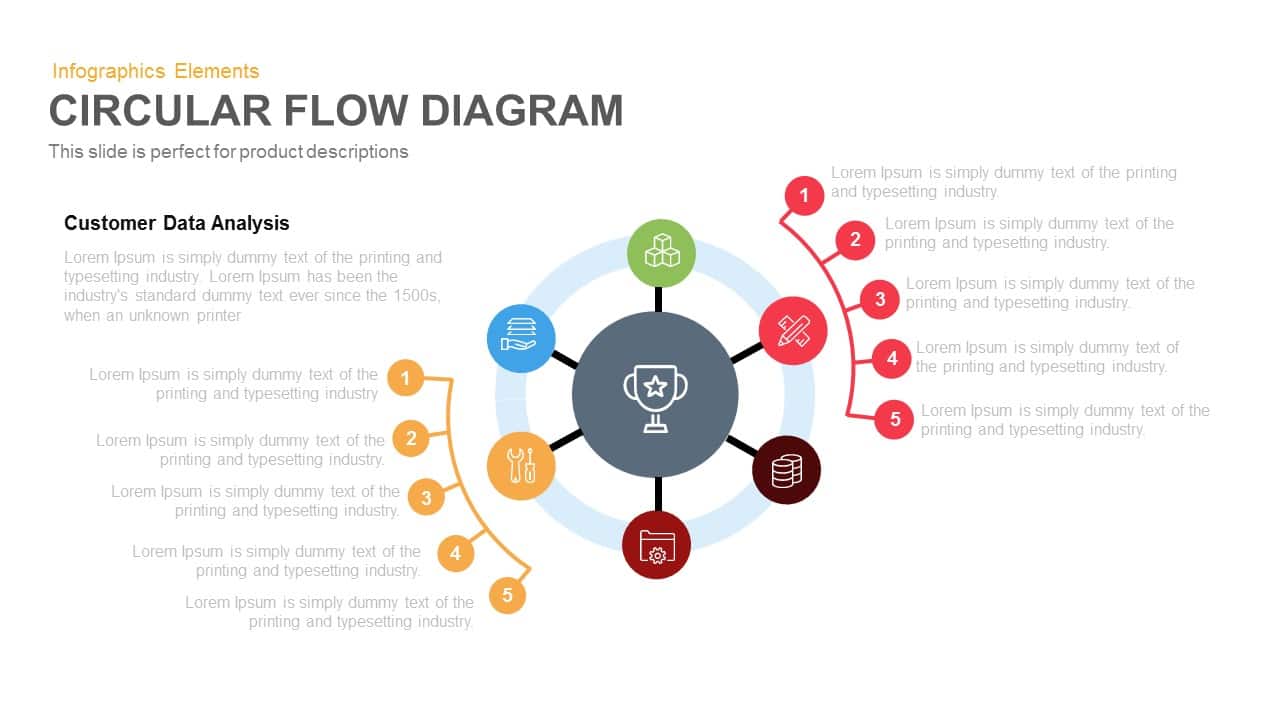
Ex: construction projects, military equipment, etc. Government Spending-any spending done by the government.This is not an investment in the stock market or other investment vehicles. Investment Spending-any spending done by businesses.Ex: Little Caesar's pizza, haircut, car tune-up, etc. Consumer Spending-the value of any good or service purchased by a consumer.To calculate GDP, economists use four main components: The expenditures approach is the sum of all aggregate spending on all final goods and services within a country's borders in one year. The two main methods of calculating GDP are the expenditures approach and the income approach. We use GDP to compare ourselves to other countries, to see the impact of policy changes, and to compare our growth from year to year. GDP can be described as national income, and helps economists view how productive the economy is over time. GDP is the dollar value of all final goods and services produced within a country's borders in one year. One of the most important measures of the economy is Gross Domestic Product, or GDP. The firm obtained the resources needed to produce the computer from the factor market, and the flow ends back with Jim as a household in the economy. In this example, the circular flow starts with Jim as a consumer in the household sector, then moves to the product market where he purchases the computer from a firm. The factor market pays Jim wages because he sells his labor to his job.To produce the computer, the firm purchased these factors of production from the factor market, where households and firms sell and buy resources like labor, capital, and land.The store that sells the computer to Jim is a firm that produced the computer using various factors of production, such as labor, capital, and raw materials.This purchase takes place in the product market, where firms sell their goods and services to households like Jim.Jim is a consumer in the economy and he decides to purchase a computer from a store. The following steps will occur in the circular flow: As we list the steps, look at the diagram to see which direction we're flowing. Let's suppose Jim is a consumer in the economy who wants to buy a computer. Let's take a look at an example of the circular flow working all the way around in a couple of steps. Firms, in turn, use these factors of production to produce goods and services, which are sold to households and businesses in the product market.

In the factor market, households sell their labor, capital, and other resources to firms in exchange for income. These factors are used by firms to produce goods and services, which are then sold to households in the goods market. The factor market is a market where factors of production, such as labor, capital, and land, are bought and sold. The interaction between demand and supply in the product market determines the prices of goods and services and the quantity of goods and services that are exchanged. The supply of goods and services in the product market, on the other hand, is determined by firms' ability and willingness to produce and sell these goods and services at different prices. The demand for goods and services in the product market is driven by households' and businesses' income and their willingness and ability to purchase these goods and services. The product market plays a crucial role in the economy, as it is through the sale of goods and services that firms are able to generate revenue and profits. In the circular flow diagram, the product market represents the exchange of goods and services for money between firms and households. The product market is a market where firms sell the goods and services that they produce to households and businesses. Firms supply goods to the product market and receive payment for those goods. Firms receive factors of production, such as land, labor, and capital, from the factor market, and pay for them with wages or costs (wages for labor, costs for capital). Any business that produces a good is known as a firm. Firmsįirms are the producers in the economy. They receive wages, or income, from the factor market. Consumers also interact with the factor market, in which they provide a factor of production, labor. The product market gives consumers the goods that they demand. Consumers send money to the product market by buying goods. This means you, me, and everyone else around us are consumers. Let's break down each piece of the circular flow diagram.Ĭonsumers are the people buying goods in the economy.


 0 kommentar(er)
0 kommentar(er)
